The Battery Saver Active system is designed to automatically shut off the power to certain electrical components when the vehicle is not in use. This helps to prevent battery drain and prolongs the life of the battery. When the vehicle is turned on, the system will automatically turn on the power to these components.
Have you ever been driving and your car’s battery saver mode turned on automatically? Don’t worry; you’re not alone. This blog post will show you how to fix battery saver active. Keep reading to learn more.
Summary: If you’re looking for ways to improve your battery life and reduce your car’s environmental impact, adding a battery saver feature to your vehicle may be the answer. Battery saver mode is a set of settings that helps your car use less power by reducing activities such as playing music or keeping the windows down. There are a few different ways to activate battery saver mode in your car, so consult your owner’s manual to find out how.
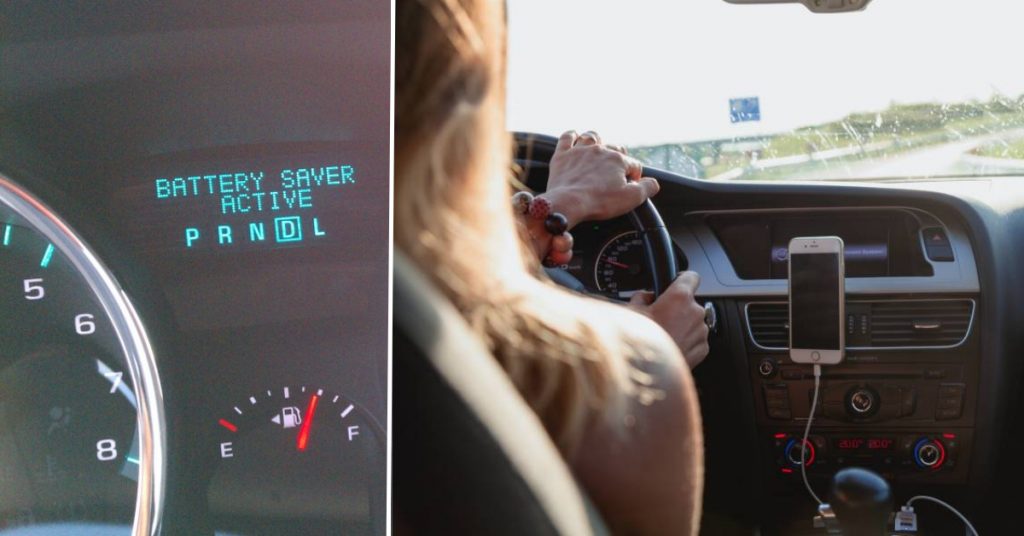
What Causes Battery Saver Mode to Turn On?
There are a few different reasons why your car’s battery saver mode may turn on, including:
A Loose or Corroded Battery Terminal
If your battery terminals are loose or corroded, it can cause a voltage drop that triggers the battery saver mode. Loose terminals can also cause your car to have starting issues.
A Faulty Alternator
If your alternator isn’t charging the battery properly, it can cause the battery saver mode to turn on. Alternator problems can also cause your car to stall or have starting issues.
A Faulty Battery
If your battery is not holding a charge, it can turn on the battery saver mode. A faulty battery can also cause your car to have starting issues. You may need to test and replace the battery.
A Bad Serpentine Belt
If the big, black belt that goes around the engine in your car is worn out or broken, it can cause the battery saver mode to turn on. This means that your car battery will die more quickly if you leave the lights on or if you don’t drive your car for a while. A bad serpentine belt can also cause your car to have starting issues, which means it might not start at all. If you think your serpentine belt is bad, you should take it to a mechanic to have it replaced.
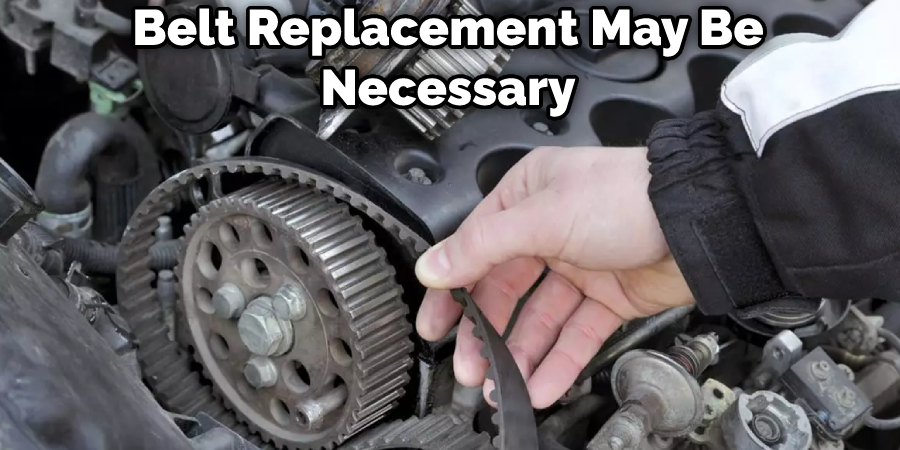
A Weak Electrical System
If your car’s electrical system is not working properly, it can cause the battery saver mode to turn on. A weak electrical system can cause your car to stall or have starting issues. Electrical system testing and repair may be necessary.
Step by Step How to Fix Battery Saver Active:
1. Check the Battery Terminals
The first step is to check the battery terminals for looseness or corrosion. If the terminals are loose, tighten them with a wrench. If the terminals are corroded, clean them with a wire brush. Battery terminal problems can cause a voltage drop that triggers the battery saver mode.
2. Clean the Battery Terminals
If your battery terminals are corroded, give them a good cleaning with a wire brush. Corrosion can cause a voltage drop that triggers the battery saver mode, so keeping those terminals clean is important. To clean them, simply remove the battery cables and brush the terminals with a wire brush. If the corrosion is severe, however, you may need to replace the terminals altogether.
3. Tighten the Battery Terminals
If the battery terminals are loose, tighten them with a wrench. Loose terminals can cause a voltage drop that triggers the battery saver mode. To do this, first remove the terminal covers. Then, use a wrench to tighten the terminals. If the terminals are corroded, clean them with a wire brush before tightening.
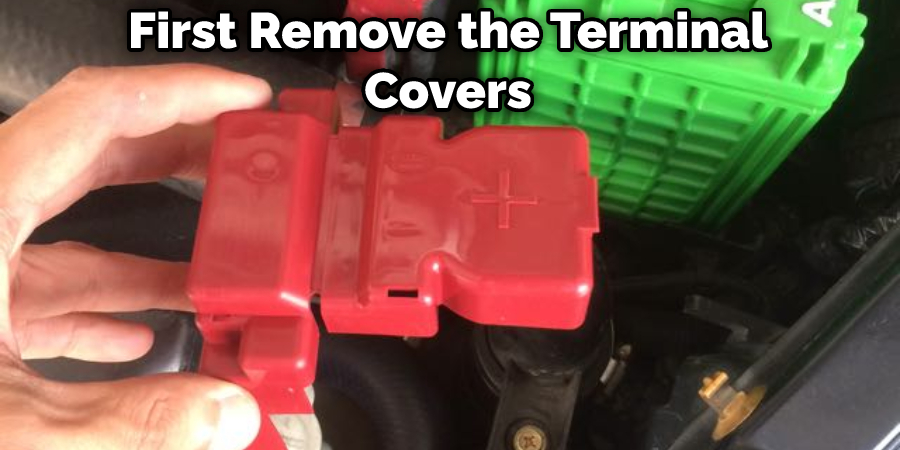
4. Replace the Battery Terminals
If the battery terminals are corroded, they may need to be replaced. To replace the terminals, first, remove the old terminals with a wrench. Next, clean the terminal posts with a wire brush. Finally, attach the new terminals and tighten them with a wrench. If the battery is leaking, it will need to be replaced. To replace the battery, first, disconnect the old battery and remove it from the vehicle. Next, clean the battery terminals with a wire brush. Finally, install the new battery and connect the terminals.
5. Check the Alternator
If your alternator is not charging the battery properly, it can cause the battery saver mode to turn on. To check the alternator, start the car and let it idle for a few minutes. Then, turn on all the accessories in the car (heater, lights, radio, etc.). If the battery voltage drops below a certain level, the battery saver mode will turn on.
6. Replace the Alternator
If the alternator is not charging the battery properly, it will need to be replaced. Alternator replacement can be done by a qualified mechanic or auto electrician. If you have basic auto repair knowledge, you may be able to do it yourself. To do this, you will need to purchase a new alternator and have it installed.
7. Clean the Battery Connections
If the battery connections are loose or corroded, it can cause the battery saver mode to turn on. Remove the negative and positive terminals from the battery to clean the battery connections. Use a wire brush to clean any corrosion off the terminals and posts. Once the terminals are clean, reconnect them to the battery and test the car to see if the battery saver mode is still active.
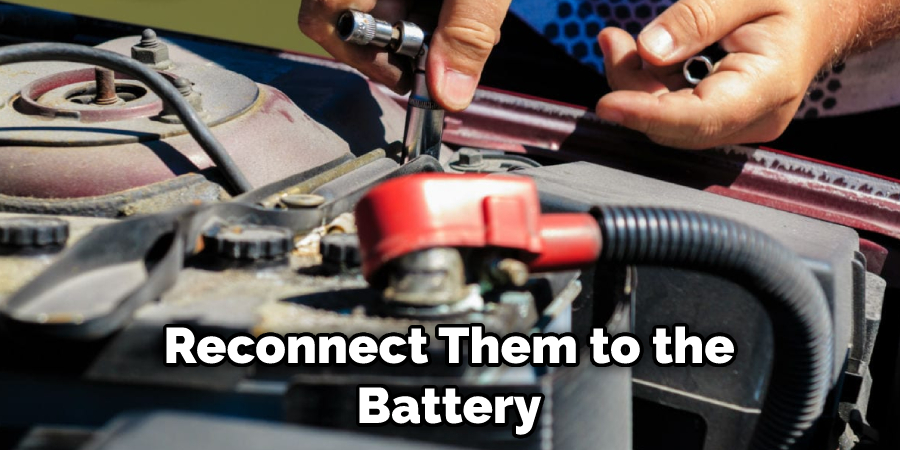
8. Replace the Battery
If the battery is not holding a charge, it will need to be replaced. Battery replacement can be done by a qualified mechanic or auto electrician. If you are not comfortable replacing the battery yourself, take the car to a qualified professional.
9. Check the Serpentine Belt
If the serpentine belt is loose or worn, it can cause the battery saver mode to turn on. To check the belt, start the engine and let it idle. With the engine running, check the belt to see if it is loose or showing signs of wear. If the belt is loose, tighten it. If the belt is worn, replace it.
10. Check the Electrical System
If the battery saver mode is still active after following all of the steps above, there may be a problem with the electrical system. To check the electrical system, first, disconnect the negative battery cable. Next, check all of the fuses and relays in the system. If any of the fuses or relays are damaged, replace them.
Finally, reconnect the negative battery cable and start the car. If the battery saver mode is still active, there may be a problem with the Alternator, Starter, or another electrical component. These components will need to be tested by a professional.
11. Replace the Battery Saver Active Fuse
If the battery saver active fuse is blown, it must be replaced. To replace the fuse, first, locate the fuse box. The fuse box is usually located under the hood but can also be found in the trunk. Once you have located the fuse box, please open it and look for the blown fuse. Once you have found the blown a fuse, remove it and replace it with a new one. If the battery saver active fuse is not blown, then the problem may be with the battery itself. If the battery is over three years old, it may be time to replace it. A new battery will usually solve the problem.
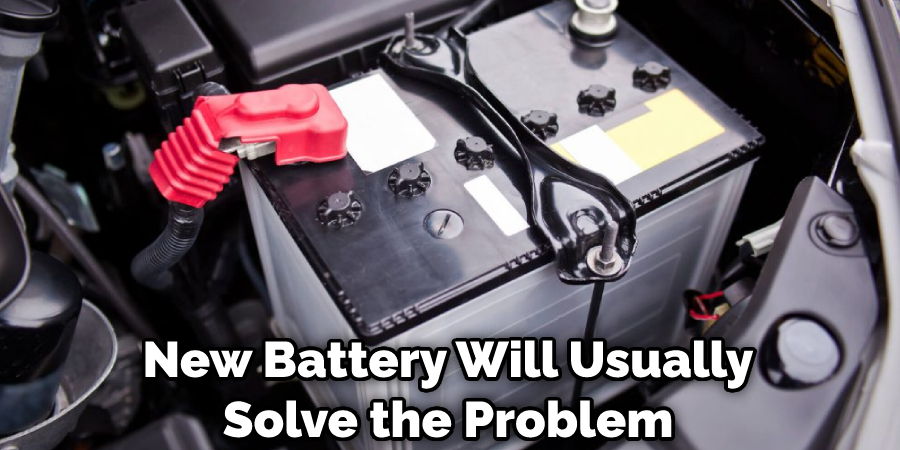
12. Have the Car Serviced
If the battery saver mode is still active after following the steps above, it is time to have the car serviced. There may be an issue with the car’s charging system that is causing the battery to drain too quickly. A qualified mechanic will be able to diagnose and fix the problem.
You Can Check It Out to Fix Speckled Windshield
How Much Does It Cost to Fix the Battery Saver Active?
The cost of fixing the battery saver active will depend on the problem. It should be fairly inexpensive to fix if the problem is simply a loose or corroded battery connection. If the problem is with the alternator, it will be more expensive to fix. Replacing the battery or alternator can cost several hundred dollars. If the problem is with the electrical system, it will be even more expensive to fix. Servicing the car by a qualified mechanic will be the most expensive option.
Tips and Warnings on How to Fix Battery Saver Active
Tips:
- Be sure to read your car’s owner manual before attempting to fix the battery saver feature.
- If you are not comfortable working with electrical components, it is best to take your car to a professional mechanic.
- Always disconnect the negative (-) battery terminal before working on any electrical components in your car.
- Make sure that all connections are clean and tight before reconnecting the battery.
Warnings:
- Do not attempt to fix the battery saver feature if you are not comfortable working with electrical components.
- Do not use any tools to pry on the battery terminals. This can damage the battery and lead to electrical problems.
- Failure to properly disconnect the battery can result in electrical shock.
- Make sure that all connections are clean and tight before reconnecting the battery.
- Never leave the key in the ignition when working on the electrical system. This can result in an electrical fire.
- Do not attempt to start the car while the battery is disconnected. This can damage the starter motor.
- When reconnecting the battery, connect the positive (+) terminal first and then the negative (-) terminal. Connecting the terminals in the reverse order can damage the electrical system.
- Do not over-tighten the battery terminals. This can damage the battery terminals and lead to electrical problems.
Frequently Asked Questions
What Does It Mean When Battery Saver Active Comes on?
When Battery Saver Active comes on, it means that your phone is working to save battery life by reducing the amount of time that you are using various features. Some common features that this mode may reduce include:
Mobile data usage (this will be disabled if you have a plan that includes mobile data)
Wi-Fi and Bluetooth use
Screen brightness levels
Some apps may also need to be updated in order for them to run properly when Battery Saver Active is enabled. Additionally, certain functions such as GPS or navigation mapping may not work while Battery Saver Active is active due to the way these modes consume battery power.
Does Battery Saver Mode Mean I Need a New Battery?
No, Battery Saver Mode does not mean that you need a new battery. In fact, your current battery may still be able to provide adequate performance if it is in good condition and has been properly maintained. The main purpose of Battery Saver Mode is to preserve the battery’s life by shutting down certain features when they are not being used so as to minimize wear and tear on the device. This mode can also help prevent unexpected shutdowns or crashes due to low-power conditions.
Is Power-saving Mode Harmful?
There is no one-size-fits-all answer to this question, as the effects of power-saving mode on a device can vary depending on the device and its specific usage patterns. That being said, in general, the power-saving mode can reduce the lifespan of a device by decreasing its overall performance and reducing its battery life. It is important to be aware of these potential consequences before you turn on the power-saving mode on your device.
Does Screen Time Drain Battery?
There is no clear consensus on whether or not screen time drains the battery, but there are some studies that suggest it might. One study found that kids who spent more than two hours a day using screens were 54% more likely to have lower-than-average battery life in their phones. Additionally, another study showed that adults who spend more than two hours per day using screens have shorter phone battery lives. There is also evidence to suggest that people who use their devices for entertainment rather than work tend to experience shorter phone charges and weaker batteries overall.
So, while the jury is still out on this matter, it may be beneficial to limit your screen time if you want your device’s battery to last longer overall.
What Causes Charging System Failure?
Charging system failure can be caused by a variety of factors, including wear and tear on the battery charger, defective wiring or connectors, overloads, and moisture. In some cases, it may also be related to problems with the vehicle’s electrical system.
If you’re experiencing charging system failures consistently in your car or truck, it is important to take action to identify and fix the problem as soon as possible. This includes checking for worn-out parts such as belts or pulleys, looking for corroded wires/connectors/terminals, and testing for voltage drops across all systems (battery chargers included). If everything looks good internally but the batteries still aren’t holding a charge after being charged normally-or, not at all then there might be an issue with the charging station itself.
In either case,.it is recommended that you have your car serviced by a professional technician so that they can diagnose and correct any issues quickly and effectively.
Conclusion
All in all, if you are looking for a way how to fix battery saver active, then the tips that we have provided should be more than enough. However, remember to follow each step carefully and do not try to rush through any of them – this is especially important when fixing the registry on your computer. With that said, good luck and happy repairing!
